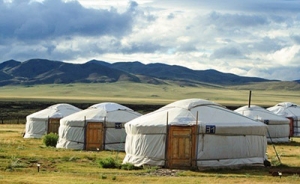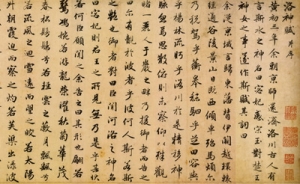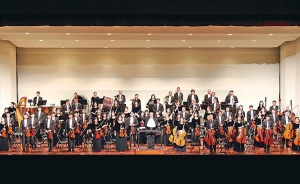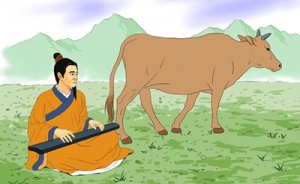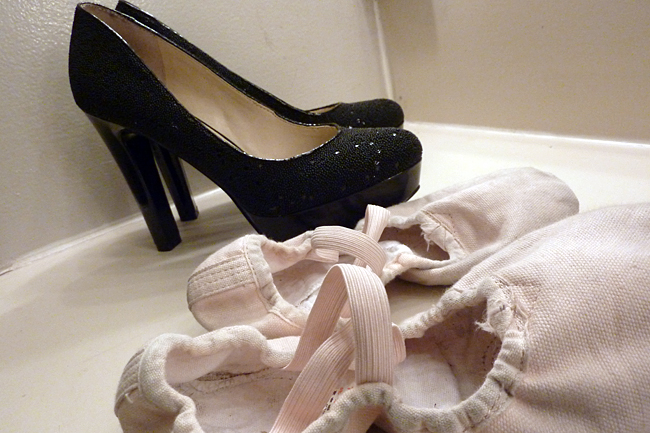
My Dual Identity as a Dancer-Singer
It's hard being a performer—be it a professional dancer or singer—but what's it like to do both in one show? That's a question many people ask me, and honestly it’s been the weirdest thing to get used to.
How did it start?
My childhood consisted of singing, dancing, and music every day—it's what I always enjoyed. When I first began training in classical Chinese dance, people told me I would probably have to forget about singing because it's completely different from dancing, their ways of breathing are incompatible, and so on...
“Okay, well, dancing is interesting and difficult enough,” I thought, so I focused on improving my dancing skills. Later, after just singing for fun with other dancers, it gradually became known in the company that I could sing, and other artists encouraged me to take some singing lessons.
When I was given my first chance to perform as a singer I was so nervous. I was only used to performing as a dancer with my body and not my voice.
What do I do now?
A few years have gone by now, and I’ve grown both as a dancer and singer. Here’s my routine:
When we get to the theater, after marking the stage with the dancers, I do sound check with the singers. Besides getting my dance costumes and hairpieces ready, I get my singing outfit and heels too. During the performance, after dancing, I run off, change from the costume into my singing dress, drink some water, warm up a bit, go out and sing; then I change back into the next dance outfit to finish the rest of the show. As we Aussies say, “Too easy!”
To tell you the truth, in the beginning it was really difficult. It’s pretty much unheard of for a full-time classical Chinese dancer to also be a vocal soloist. It felt so wacky entertaining the audience through dance one moment, then singing to the same audience the next, then wearing dance shoes again. Almost like secretly shape-shifting.
When I had my first taste of performing as a singer, I preferred dancing because I could share the stage with others, without being the focal point. I was also more confident in dancing because I had already learned how to control my body as a dancer. When I first started to perform as a singer, I felt uncomfortable wearing the big dresses and high heels, standing there in the middle of the stage in front of a sea of people, everyone's attention focused on me, the song and my voice—eek!
After more experience, I learned not to think too much and just go with the flow. After all, performing is about giving to others, and having the opportunity to entertain so many people both ways is something I’m very lucky to do.
At the end of the day, our own individual roles aren't most important—it's really everyone’s joint effort that makes the show happen. So I'll continue to cherish the moments and opportunities given to contribute.
And really, it's not so hard... as long as I don't have to sing and dance at the same time. Twirling a hankie or flipping while hitting some notes—that’d be really crazy!

Rachael (Yu Ming) Bastick
Soprano
March 7, 2013



